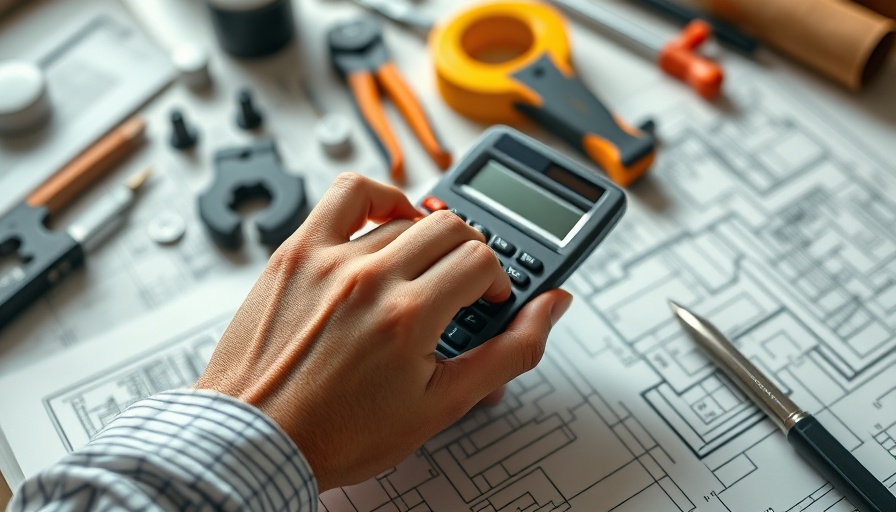
The Ultimate Guide to Estimating Home Addition Costs
If you're considering adding extra space to your home, it's essential to prepare your budget thoroughly. Home additions not only enhance your living experience but can also increase your property's value. However, costs can swiftly escalate if you're not prepared. Here are five effective tips to estimate home addition costs and assist you in budgeting better.
Tip 1: Define Your Addition's Purpose and Size
The first step in estimating costs is clarifying the project's scope. Are you adding a new bedroom, extending the kitchen, or building a home office? Each option comes with its unique costs. For example, a new bathroom typically ranges between $20,000 to $50,000, while a new bedroom could run from $30,000 to $70,000, depending on its dimensions.
Tip 2: Understand Material and Labor Costs
Building materials and labor make up a significant part of your budget. Prices fluctuate based on demand, so it’s wise to research various suppliers. It might be tempting to opt for cheaper materials, but quality is paramount. Using subpar materials can lead to greater long-term expenses due to repairs or maintenance.
Labor costs can also vary widely. Always obtain several quotes from contractors and tradespeople. Remember, investing in experienced labor often prevents costly mistakes in the long run.
Tip 3: Include Permit and Design Fees
When your addition involves structural changes, acquiring the necessary permits is crucial. Permit fees can greatly differ based on city regulations, and hiring professional designers may add another layer of expense—typically around 5 to 20% of your total project budget.
Tip 4: Set a Contingency Fund
Always allocate 10-20% of your total budget for unforeseen expenses. Home renovations often unveil issues that need addressing, and having a financial buffer will keep your project on track without unnecessary stress.
Tip 5: Explore Green Building Options
Consider opting for eco-friendly materials, as they often come with tax credits and reduce future maintenance costs. An addition designed with energy efficiency in mind can save you money while contributing to the environment.
Conclusion: Preparing for Your Home Addition
By understanding the core components involved in home addition costs, you can approach your project with greater confidence. Remember to clarify your needs, research thoroughly, and prepare for surprises. As you transform your home, you’ll not only create a comfortable space but also add enduring value to your investment. Get started on your home addition today!
 Add Row
Add Row  Add
Add 




Write A Comment